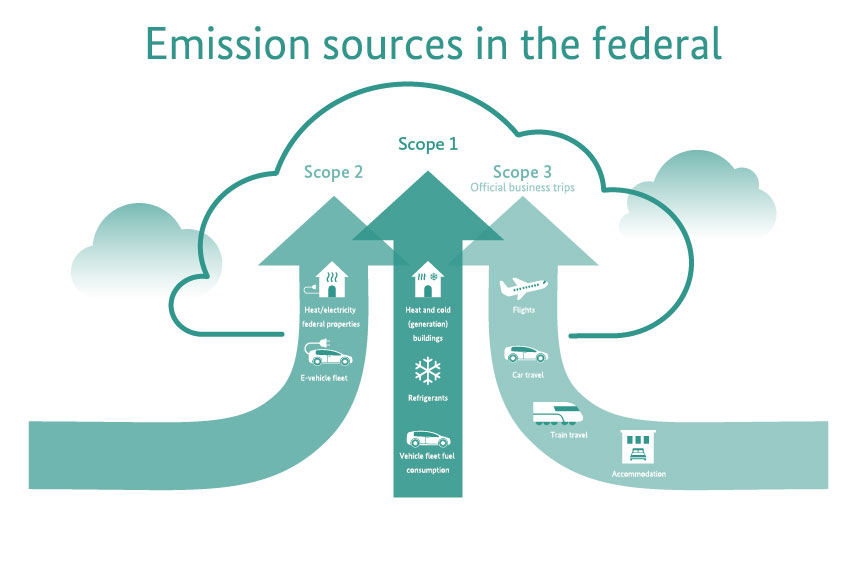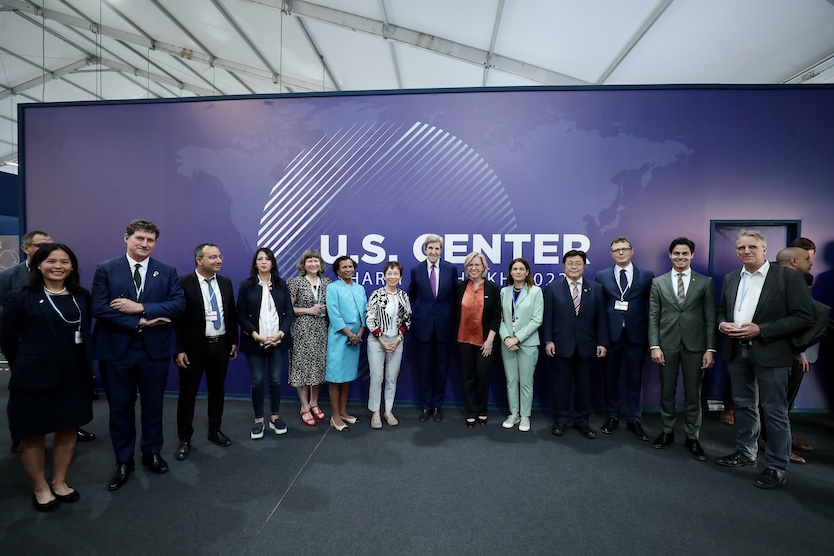The federal authorities have been implementing climate action and energy efficiency measures since well before the war in Ukraine disrupted the energy markets. By introducing energy and environmental management systems, the authorities have developed the skills and structures needed to systematically measure and analyse energy consumption in federal properties and devise appropriate measures.
Based on this experience, the Coordination Office was able to put forward ten immediate measures in June 2022, in response to the war, by condensing proposals from all the ministries. These were then recommended to the federal authorities to be assessed and implemented on a voluntary basis. In the winter, these measures and the provisions on public non-residential buildings set out in the Ordinance on Securing the Energy Supply through Rapid Impact Measures, which were in place until April 2023, were supplemented by the ‘winter update’.
For the autumn/winter period of 2023/2024, the Office recommends continuing the immediate measures and the provisions of the Rapid Impact Measures Ordinance, which has since expired. This is to help the authorities maintain their level of commitment in terms of reducing carbon emissions and continue to lead by example.
It is important for the authorities to undertake additional efforts for raising awareness among, providing training to and motivating their staff. This also includes involving cleaning and security personnel. Widespread acceptance among all the responsible stakeholders is needed if the Federal authorities are to implement further measures on the path to achieving climate neutrality by 2030.
You can find an overview of the energy conservation measures for the federal authorities recommended by the Coordination Office here:







